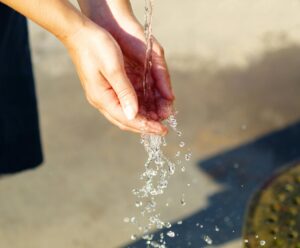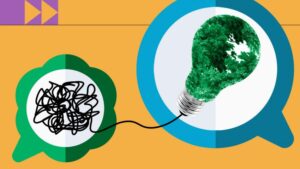In PR, life can be hectic moving from task to task, from one client to the next. Some days it’s all about just knuckling down and powering through a long to-do list in order to meet deadlines from clients and journalists. As a team, we often put our heads together and think about what we have to do for our clients and how we are going to do it. But in the midst of the fast-paced job, how often do we actually stop to think about when would be the ideal time to do a certain task? I recently went to a talk by Daniel Pink, a US author who has written a number of bestselling books about work, management and behavioural science. In his talk, he spoke through his research looking into when is the optimal time to do particular tasks.
Timing is a science
According to Pink, timing is a science, not an art. There is a wealth of research out there looking at how to make systematically better, evidence based, decisions about when to do things. Getting timing right has been found to have a significant impact on many areas of our lives including on our wellbeing, creativity, productivity and health.
Are you a lark or an owl?
Pink argued that whether you are a ‘morning person’ (lark) or a night person (owl) matters. The majority of us are larks which means we prefer to rise, and go to bed, early. Research has shown that for larks the day has a hidden pattern with our cognitive abilities fluctuating throughout impacting our mood, alertness and energy. Larks typically experience the day as a peak, a trough and a rebound. For an owl, it’s the reverse.
Structuring your day
According to Pink, it is in the ‘peak’ (the morning) where we are most vigilant and able to keep out distractions. Therefore, this is where we should focus on analytical work. In the world of PR this could for example be writing press releases and articles, putting together client reports, reviewing work or digesting and summarising industry reports. The ‘trough’ (middle of the day) unfortunately isn’t good for much work and therefore is best for admin tasks such as putting together press lists, coverage or sorting out timesheets and expenses. Then, as we enter the afternoon/evening and start to ‘recover’, we are better at more creative tasks. For someone working in PR, this suits perfectly to brainstorming ideas for client campaigns, coming up with pitches for articles or working on digital tasks such as videos and infographics.
Take a break
Whilst the office hero used to be someone that worked all hours of the day and never took a break, the science shows that working like that is, quite simply, unproductive. Research has shown not only do we need a decent amount of sleep in order to produce our most productive selves but we also need to take breaks. Pink recommends taking at least two 10-15 minute breaks a day and that breaks are the most effective when they are taken with other people, are fully detached (i.e. no phone!), involve moving (e.g. a walk) and are in nature (it’s time to step outside!).
Consider when, not just what
With all this in mind, whilst we spend vast amounts of time creating to-do lists of what needs to be done, it seems we also need to be focused on when it should be done. Taking a bit of time each day to think about what tasks you need to do, and when might be the best time to do them, could prove beneficial for our productivity and quality of work. Perhaps it’s time to start scheduling those client brainstorms only for the afternoon and leave the mornings for work that requires a heads-down, locked in approach – and remember to have a few breaks in-between.
I hope you found this interesting. Please get in touch if you’d like more info!
Han
x








